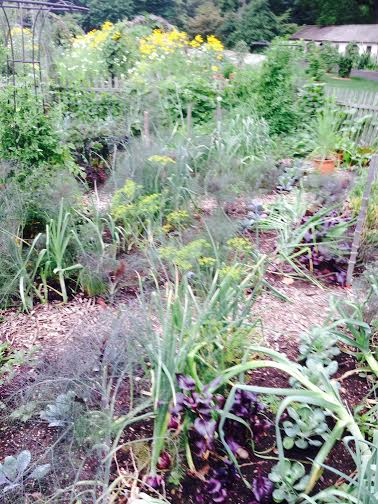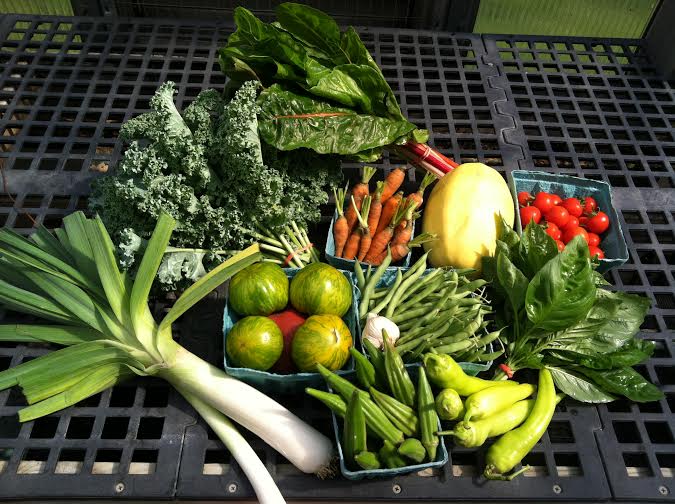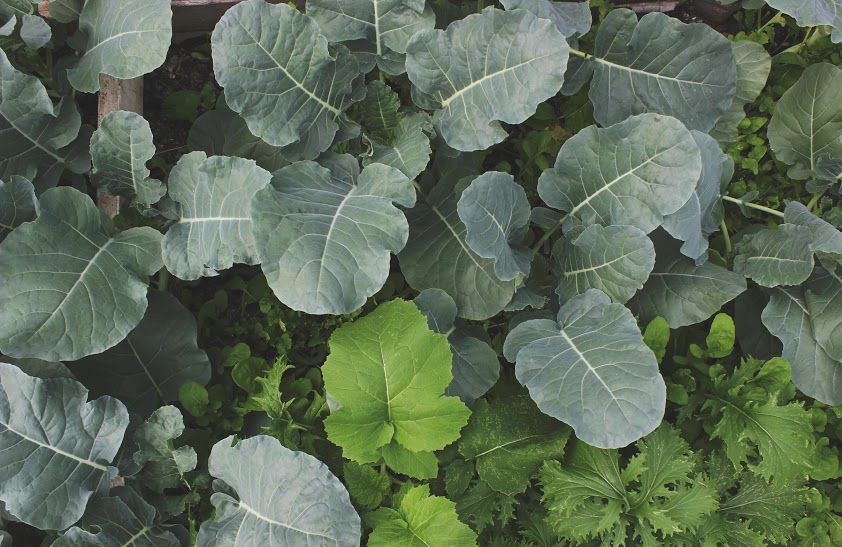Check in weekly, on Wednesdays, to read our new post on gardening, harvesting, and making use of that fine, extra-local produce! We’ll share tips and techniques, gleaned from our urban farms and gardens. Email info@growpittsburgh.org with any topics you’d like us to cover.
Vegetable crops can be divided into groups according to their crop “families.” Much like with human families, these groupings indicate connections between plants. Plants that flower and fruit in similar ways are considered to be part of the same family. Plants within a family also tend to use similar nutrients from the soil, contract the same diseases, and draw the same insect pests.
Because of their shared nutrient needs as well as pest and disease problems, it’s great to be aware of the plant families within your garden. On a large garden or farm scale, grouping crops in the same family and rotating them from year to year is a good strategy to slow nutrient depletion as well as decrease pests and disease.
In a small garden, a crop rotation may not make much sense, since plant roots may intersect even with the best laid rotation plans. In a small garden space, plant disease and pests may overwinter and return throughout the garden, rather than just isolated within a crop family. And a rotation may not take plants far enough from their previous year’s spot to keep them from picking up the same pests and disease.
For small gardens, the best plan is often to plant as much diversity as possible. Planting from lots of crop families spreads out the risk so that even when a disease or pest knocks back a particular crop family, others will thrive and produce a harvest. Additionally, moving crop types to new spots in the garden every year can help benefit soil health (for instance, don’t put a tomato plant in the exact same place every year). And companion planting, growing a variety of crops close to each other for various benefits, can also be a great way to grow a healthy small garden.

This vegetable garden at Chanticleer is highly diverse, with herbs, vegetables, and flowers from many crop families interspersed.
Here’s the crop family breakdown of some favorite vegetable garden plants:
Cole Crops (Brassicas)
Arugula
Asian greens
Broccoli
Brussels sprouts
Cabbage
Cauliflower
Chinese cabbage
Daikon radishes
Kale
Kohlrabi
Mustard Greens
Radishes
Turnips/Turnip greens
Goosefoot (Chenopodiaceae)
Beets
Spinach
Swiss chard
Grasses (Poaceae)
Corn (Sweet, field, pop-)
Grains
Legumes (Fabaceae)
Beans (all)
Peanuts
Peas (all)
Lettuce (Compositae)
Artichoke
Endive
Escarole
Lettuce
Sunflower
Melon/Squash (Cucurbitaceae)
Cantaloupes
Cucumbers
Gourds
Melons
Pumpkins
Summer squash
Watermelon
Winter squash
Zucchini
Morning Glory (Convolvulaceae)
Sweet potato
Nightshade (Solanaceae)
Eggplant
Peppers
Potatoes
Tomatillo
Tomatoes
Onion (Amaryllidaceae)
Chives
Garlic
Leeks
Onions
Parsley (Umbelliferae)
Carrot
Celery
Cilantro
Dill
Fennel
Parsley
Parsnip


